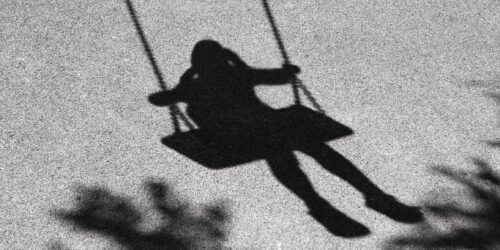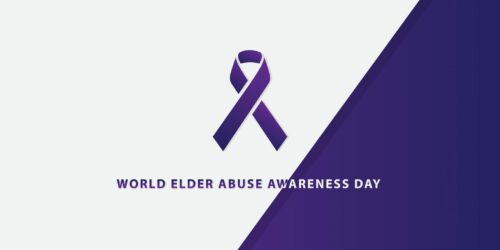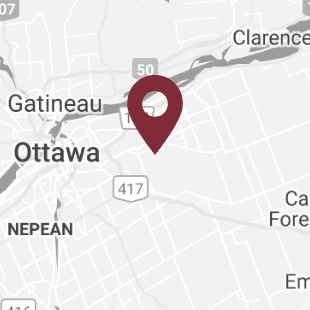Nature’s first green is gold/ Her hardest hue to hold/Her early leaf’s a flower/ But only so an hour – Nothing Gold Can Stay – Robert Frost
We hear a lot these days about ‘rounding the corner’, the development and distribution of a universal vaccine, and the lessening of the hurt and harm of the pandemic. We hear less about getting our lives back, because we won’t, at least the lives we had in what seems like a lot more than 10 months ago. While it is undoubtedly true that change is the only constant, conviction at any level is fleeting:
No matter what our daily lives bring us at work, at school, at home, with families, or friends; no matter how we try to free our thoughts and ambitions, the omnipotent influence of COVID– 19 is ever present. We have no sense of certainty, we do not control our environments, and what is worse, we can no longer pretend to others or even to ourselves, that we do so, as we most assuredly pretended in pre-COVID days. Our sense of self, what keeps us stable, and yes, our worldview is forever challenged and changed. Notwithstanding the ultimate containment of the virus that we now hear more and more about, the world and our worlds will never be the same. Contextually, it is not unfair to say that we wear not one but two masks:
Ambiguous Loss
“Ambiguous loss” has therefore many manifestations. Identified in the 1970’s by Dr. Pauline Boss, it effectively extends to all manner of unresolved loss, where grief is unrelieved by closure. It has been appropriately referred to as ‘grief limbo’. The signs are many, and in the COVID age those who escape it are few.
In our offices and workplaces, we are all suffering, individually and collectively, from ambiguous loss. Among many examples, an obviously significant one is a fracturing of our sense of comfort in achieving a manageable and controllable work-life balance. Another is a loss of communion with our colleagues, a disparate sense of separation. Yet another is the scrambling of our practice areas and daily routines and the processes that once defined them. Some of these changes may prove to be salutary, some not. But they are nonetheless altered in both degree and kind, and none of us can comfortably say that we can easily turn the page from residual grief and a longing for normalcy. And there is something else to be concerned about. Even as the emotions we experience look similar to grief, underneath that grief are neurological changes that take place in our brains:
“…several regions of the brain play a role in emotion, including areas within the limbic system and pre-frontal cortex. These involve emotional regulation, memory, multi-tasking, organization and learning. When you’re grieving, a flood of neurochemicals and hormones dance around in your head. “There can be a disruption in hormones that results in specific symptoms, such as disturbed sleep, loss of appetite, fatigue and anxiety” .
As we watch and wait for the relief that a vaccine will ultimately bring, we must be careful not to assume that our sense of loss, of unresolved disruption and disconnection will walk hand in hand with it. And so, there are still things that we must be watchful for and which, as important as the protocols that will remain in place (virus or no), that we must continue to do.
Trying Even Harder
At the top of the list is to continue to maintain lines of communication, not only by Zoom but by writing and calling and finding new ways to meet, while observing both the spirit and the rules behind current protocols. When in our offices we can make a bigger (again observant) point of walking about, visiting one another along the hallways or at doorways, seeing and being seen. We can share our file experiences and work products with one another. We can be especially careful to keep connected with those who have not for many months now been able to come into the office, and who while working at home may be feeling separated and or distant. In these discussions, the leaders among us must listen carefully to what is being said and even more carefully for what is not.
On the technological front, we can begin or continue to converse on the fate of in-office adjustments, on what work-arounds should go and what should stay. We can in earnest insert the same kind of thinking into our practice areas, forming committees to ensure compliance with on-going changes and the introduction of new rules and expectations. In these steps we should be careful to involve our younger colleagues in particular. Many of them have a very precise understanding of the impact of COVID-19 on the way they practice, on what has been done to this point to address that impact, and on what remains to be done.
Those of us who are particularly concerned with the “care and feeding” of junior colleagues will need to work even harder to understand where they are at, and what is needed to keep them whole: “Do. Or Do Not. There is no Try”.
We can ‘round the corner’ with our peers and colleagues in other offices: “Competition is a big driver of motivation, accountability, performance, and innovation. It pushes you to be better”. At the same time, the Law Society of Ontario is right to emphasize courtesy and good faith in Chapter 7 of the Rules of Professional Conduct. These traits are surely more important now than ever before.
Finally, we can engage in random contacts with our clients, all the better if unrelated to on-going projects We can demonstrate our sincere interest in how they are surviving, in what has been and will remain important to them (see my previous blog on managing the lawyer-client relationship).
This blog post was written by K. Scott McLean, General Counsel and Director of Practice Development. He can be reached at (613) 369-0375 or at scott.mclean@mannlawyers.com.








